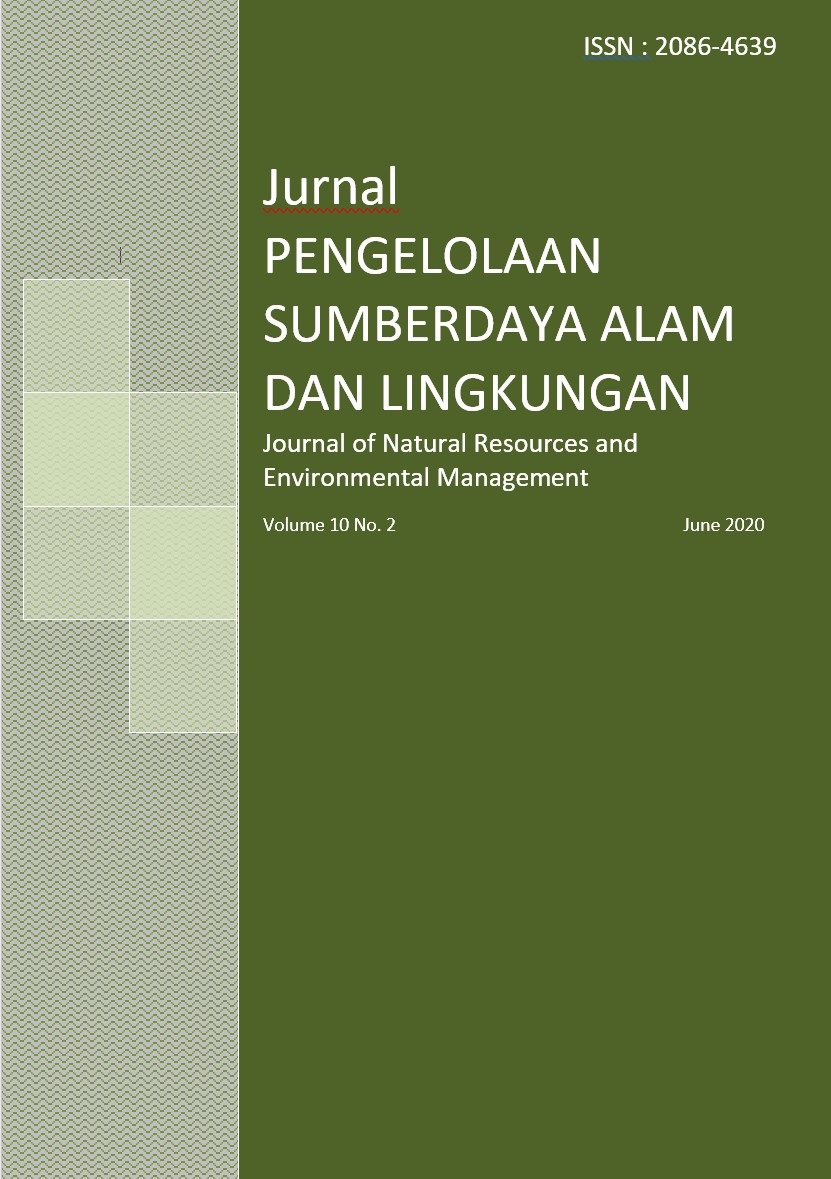Study of hydroelectric power capacity using the rational method in the Lawe Sempali subwatershed, Aceh Province
Abstract
Nowadays, electricity is a basic human need that must be available. Therefore, efforts to obtain electrical energy from renewable natural resources continue to be explored, especially water energy from watersheds and sub-watersheds. Aceh Province is a relatively widely available area of watersheds and sub-watersheds. This study aims to analyze and categorize the potential of electric power generated by the Lawe Sempali sub-watershed, Aceh province, as a source of hydroelectric power. The method used in this research is the study of literature and field studies. The rainfall analysis of the ten year return period plan was carried out with four approaches, namely (i) normal distribution method (ii) normal log distribution method, (iii) Gumbel distribution method, and (iv) Pearson III log distribution method. Discharge plans that occur are analyzed using the rational method. The categorization of the power capacity of hydroelectric power plants is based on the capacity that can be produced by the sub-watershed. The results of this study were to report that the Lawe Sempali Sub-watershed has the potential to be a source of hydroelectric power generation in the category of micro-hydro and or small-hydro power plants. The capacity of electric power generated with planned discharge in the shortest return period (2 years) is a minimum of 68.21 KW (head 2 m) and a maximum of 3.41 MW (head 100 m).
Authors
Authors who publish with this journal agree to the following terms:
- Authors retain copyright and grant the journal right of first publication with the work simultaneously licensed under a Creative Commons Attribution License that allows others to share the work with an acknowledgement of the work's authorship and initial publication in this journal.
- Authors are able to enter into separate, additional contractual arrangements for the non-exclusive distribution of the journal's published version of the work (e.g., post it to an institutional repository or publish it in a book), with an acknowledgement of its initial publication in this journal.
- Authors are permitted and encouraged to post their work online (e.g., in institutional repositories or on their website) prior to and during the submission process, as it can lead to productive exchanges, as well as earlier and greater citation of published work (See The Effect of Open Access).






